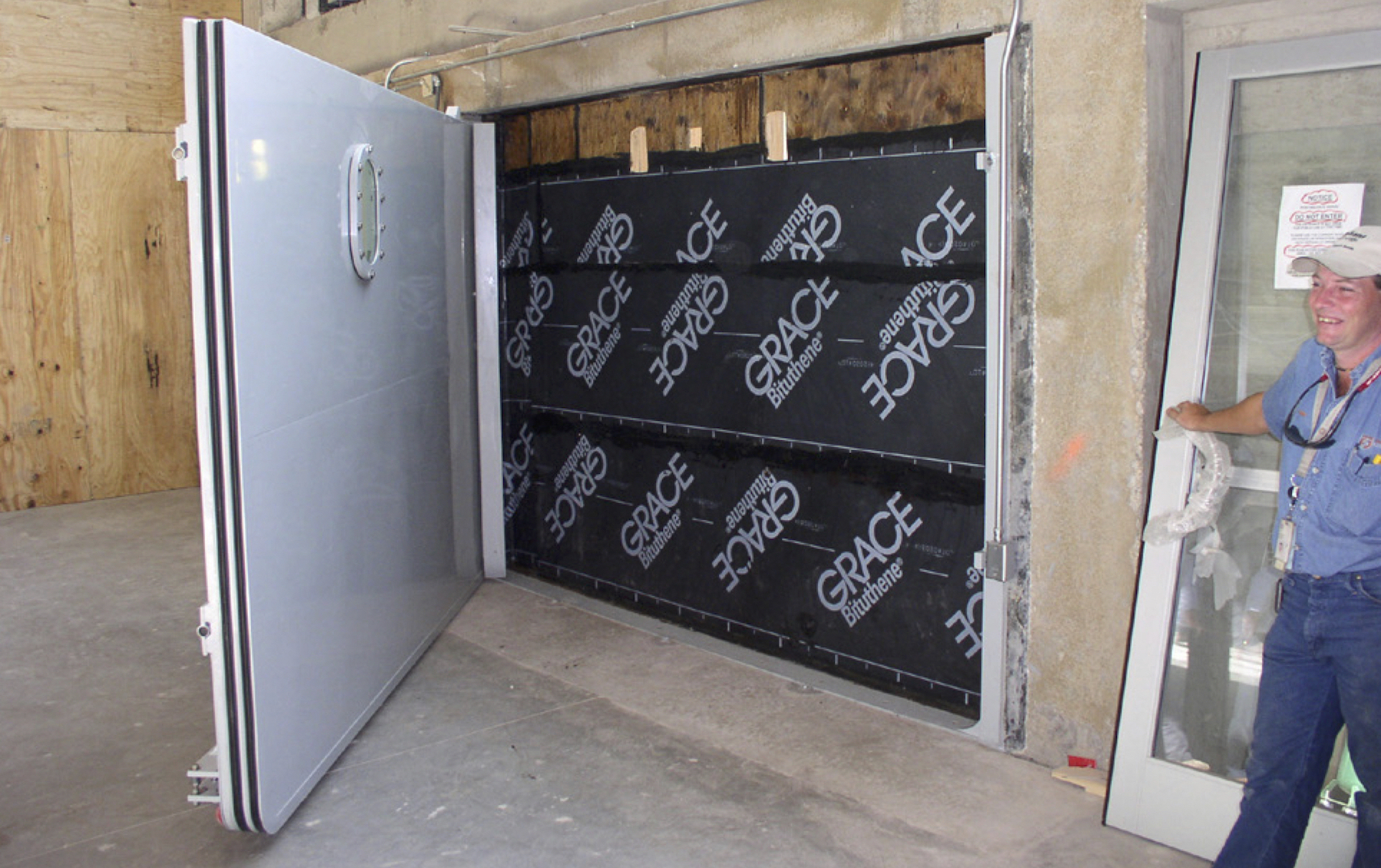International engineering firm Walter P Moore has released a new paper entitled An Introduction to Flood Protection: What Owners Need to Know to Protect Their Properties. The white paper focuses on the numerous flood protection approaches and building owner needs as well as an in-depth review of the flood protection process. The white paper also examines how to properly determine the flood resiliency of a property in order to provide a clear understanding of risk associated costs.
“Adequate flood protection is critical for building owners, especially as rain and flood-related events become more common,” says Doug Coenen, Principal and the Civil Engineering Business Development Manager in Walter P Moore’s Infrastructure Group. “I encourage building owners as well as engineers throughout the AEC industry to review this report and either start or continue discussions regarding flood protection with their peers.”
An Introduction to Flood Protection: What Owners Need to Know to Protect Their Properties includes a detailed examination of wet versus dry flood protection, active versus passive flood protection, how to properly execute a flood protection feasibility study, the six steps to a successful flood protection process, and detailed information on early warning flood forecasting.
“This white paper provides critical information building owners need in order to properly manage retrofitting existing structures to ensure they are prepared for flood-related events,” says Ray Drexler, Principal and Senior Project Manager in Walter P Moore Diagnostics. “It can serve as a baseline for engineers and architects to start these discussions with building owners.”
Download An Introduction to Flood Protection: What Owners Need to Know to Protect Their Properties.
Related Stories
Sustainability | Apr 10, 2023
4 ways designers can help chief heat officers reduce climate change risks
Eric Corey Freed, Director of Sustainability, CannonDesign, shares how established designers and recently-emerged chief heat officers (CHO) can collaborate on solutions for alleviating climate change risks.
Cladding and Facade Systems | Apr 5, 2023
Façade innovation: University of Stuttgart tests a ‘saturated building skin’ for lessening heat islands
HydroSKIN is a façade made with textiles that stores rainwater and uses it later to cool hot building exteriors. The façade innovation consists of an external, multilayered 3D textile that acts as a water collector and evaporator.
Resiliency | Apr 4, 2023
New bill would limit housing sprawl in fire- and flood-prone areas of California
A new bill in the California Assembly would limit housing sprawl in fire- and flood-prone areas across the state. For the last several decades, new housing has spread to more remote areas of the Golden State.
Sponsored | Cladding and Facade Systems | Mar 15, 2023
Metal cladding trends and innovations
Metal cladding is on a growth trajectory globally. This is reflected in rising demand for rainscreen cladding and architectural metal coatings. This course covers the latest trends and innovations in the metal cladding market.
Student Housing | Mar 13, 2023
University of Oklahoma, Missouri S&T add storm-safe spaces in student housing buildings for tornado protection
More universities are incorporating reinforced rooms in student housing designs to provide an extra layer of protection for students. Storm shelters have been included in recent KWK Architects-designed university projects in the Great Plains where there is a high incidence of tornadoes. Projects include Headington and Dunham Residential Colleges at the University of Oklahoma and the University Commons residential complex at Missouri S&T.
Seismic Design | Feb 27, 2023
Turkey earthquakes provide lessons for California
Two recent deadly earthquakes in Turkey and Syria offer lessons regarding construction practices and codes for California. Lax building standards were blamed for much of the devastation, including well over 35,000 dead and countless building collapses.
Sustainability | Feb 9, 2023
New guide for planning, designing, and operating onsite water reuse systems
The Pacific Institute, a global nonpartisan water think tank, has released guidance for developers to plan, design, and operate onsite water reuse systems. The Guide for Developing Onsite Water Systems to Support Regional Water Resilience advances circular, localized approaches to managing water that reduce a site’s water footprint, improve its resilience to water shortage or other disruptions, and provide benefits for local communities and regional water systems.
Concrete | Jan 24, 2023
Researchers investigate ancient Roman concrete to make durable, lower carbon mortar
Researchers have turned to an ancient Roman concrete recipe to develop more durable concrete that lasts for centuries and can potentially reduce the carbon impact of the built environment.
Sustainability | Jan 23, 2023
How regenerative design is driving AEC industry innovation
HOK's Sean Quinn and Microsoft's JoAnn Garbin discuss the next step of sustainability: regenerative design.
Multifamily Housing | Jan 19, 2023
Editorial call for Multifamily Affordable Housing project case studies - no cost to submit!
Building Design+Construction will feature a roundup of "Multifamily Affordable Housing" projects on BDCnetwork.com.

















